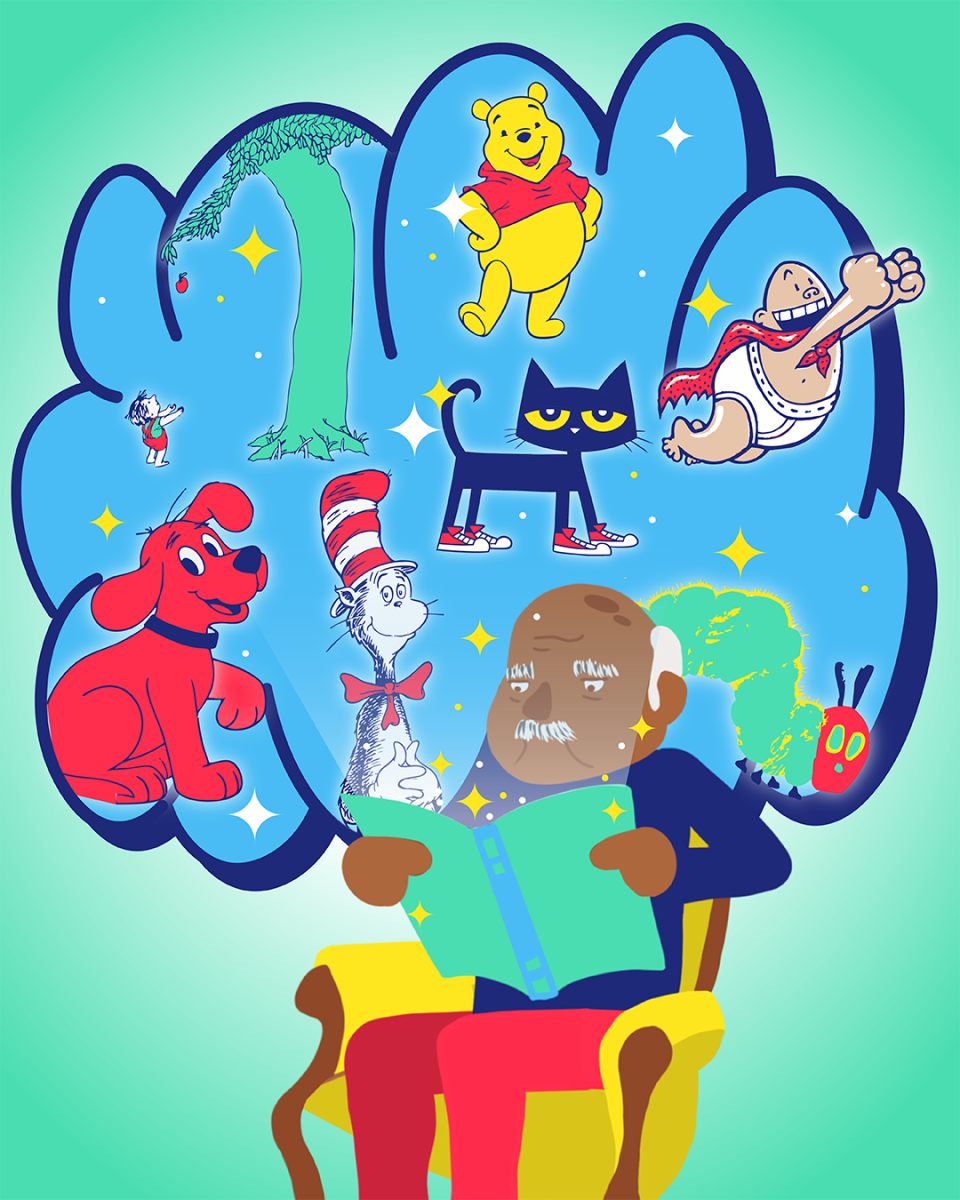There are few experiences most people can relate to, but arguably, everyone has some childhood memory of a cherished picture book. Whether you read the book independently or it was read to you by a parent, grandparent, teacher or sibling, the experience of being encapsulated by a story in a book full of pictures and few words is one that often gets left behind, only to reside in childhood memories.
Picture books are often disregarded as having any value to more mature readers because they are seen as trivial and unimportant. Individuals who interact with children like librarians, teachers and parents often turn to picture books as a teaching aid particularly for more complex or abstract topics like historical figures, disabilities, gender and family dynamics, along with countless others.
Picture books can deliver a complicated and important message in compact form that everyone has time to fit into their day. Picture books are not always made solely for entertainment, but those that are can be super fun. Comprehending picture books is also more complicated than many readers give them credit for.
As the name suggests, there is an important element in picture books that most literature does not contain: pictures and illustrations. While this may initially sound like it would make comprehension easier, it actually adds a level of complexity that uses skills that are more necessary in today’s modern world.
According to the American Library Association, visual literacy “is a set of abilities that enables an individual to effectively find, interpret, evaluate, use, and create images and visual media.”
This skill of visual literacy is one that is critical for understanding the whole of picture books because picture books often rely on illustrations to communicate the plot, characters, themes and setting of the story. Visual literacy is a skill whose necessity is only increasing. Information, now more than ever, is often communicated through images or at least coupled with images and it is important in both teaching and learning.
Picture books are often overlooked by adult readers and writers. Besides the two different skill sets of writing and visual art needed to create a picture book, they contain a flexibility that other literary mediums do not. They also have a much larger audience range than other types of literature, ranging from two and three-year-olds all the way to great-great grandma.
Picture books also have the amazing ability to communicate complex and important information and stories in a surprisingly “simple” manner that leaves no room for misinterpretation.
With all the valuable information picture books hold and in the efficient way they communicate it, more space should be held for reading and consuming picture books outside of the sole audience of children.
The compact nature in which picture books are packaged allows them to fit in our lives in the small free pockets of time where one might normally pick up their phone. Reading picture books can open a door into a new idea, world, or reality in a fun and moving way. Reading a picture book can be shared with others and is something that everyone has time to include in their day in some way, shape or form.
There are certain things that are often regarded exclusively for kids; crayons, stuffed animals, picture books, stickers, Disney movies and so on. These are the instruments of childhood memories and wonder, so why as adults did we move so far away from them? Next time you find yourself in a library, book store or near a kid’s bookshelf, take time and pick out a book. Whether you read it to yourself or share it with someone else, slow down and read a picture book — you might just be surprised by what you find.



